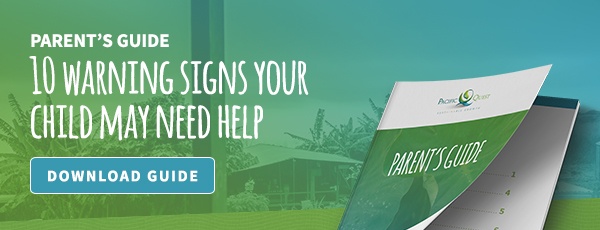The results of group therapy vary from one participant to the next, but the benefits are well documented. Group therapy presents a different model of recovery that removes some of the variables present in one-on-one sessions, particularly for those suffering from social anxiety. Group therapy does away with a more severe approach, and offers further motivation for goal-setting and progress.
Some doctors who study cognitive behavioral therapy (CBT) believe group therapy should be one of the first choices for treatment. Group therapy offers effective treatment in certain settings where limited resources exist for mental health treatment. Also, the structure of group therapy offers a unique dynamic that is difficult to recreate in one-on-one treatment.
In-vivo Exposure
Some may read this post and immediately think: How does group therapy help a teen get over social anxiety? Isn’t group therapy, by nature, a social activity? Won’t group therapy for teens aggravate the condition? On a surface level, this is true, but the issue itself is directly addressed by the action of participation. Experts studying cognitive behavior therapy call this approach in-vivo exposure. The benefit of this therapeutic model is that through exposure to the triggers of anxiety, the disquieting signals that the brain sends in times of distress are trained to readjust to a more accurate train of thought. The brain stops sending misinformation, and the situation seems less daunting.
A Collaborative Effort
Though the difference may seem clear to some, many people fail to see the collaborative therapeutic nature of the relationships built from group therapy for teens. With the presence of facilitation, the impartiality of peer therapy-goers lends a comfort to a participant that is otherwise absent from sessions. In essence, the formality is laid to rest because the comments of the other participants are, in some cases, taken more seriously than those made by the therapist. The result is a more open and free-form adoption of the therapeutic model chosen by the counselor.
Negative emotional responses to key triggers are also diminished, because of the structure of group therapy. By listening to their peers identify similar problems, a process of normalization occurs. Participants are then capable of not only putting away feelings of deficiency and isolation, they can replace them naturally with camaraderie and acceptance.
Group Therapy for Teens and Young Adults
Group therapy for teens at Pacific Quest focuses on family dynamics and group mechanics with shared struggles and experiences. The peer relationships formed within therapy lend their way to active participation in talks about pressures the students are facing in their personal lives, and the troubling aspects of topics such as: academics, social media, drug use, dating, family dilemmas and more. This, in combination with community meetings, program-guided sessions and challenges, provide students a forum to work through their trials and accomplish their goals.
If your teen is dealing with anxiety or depression, click here to download this parent’s guide: https://info.15.pacificquest.org/young-adult-depression-guide?hs_preview=UnWSnO9a-2539896446
